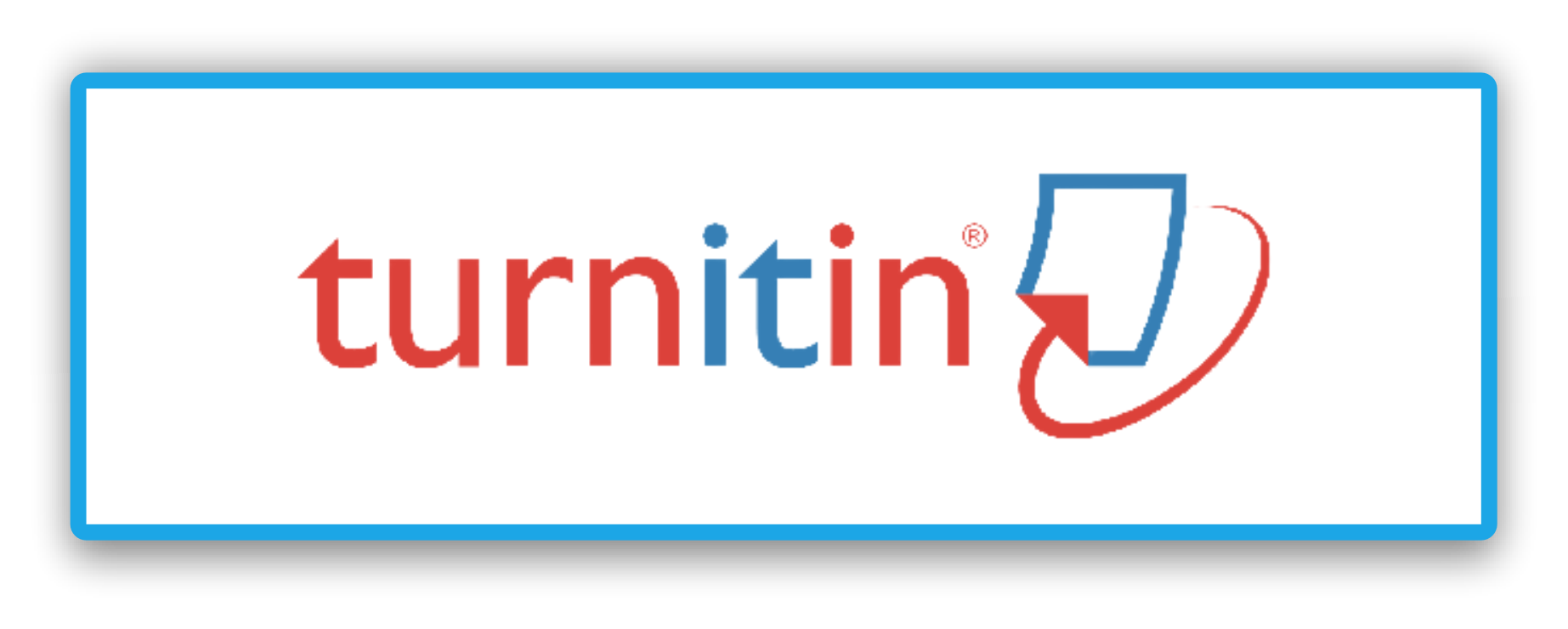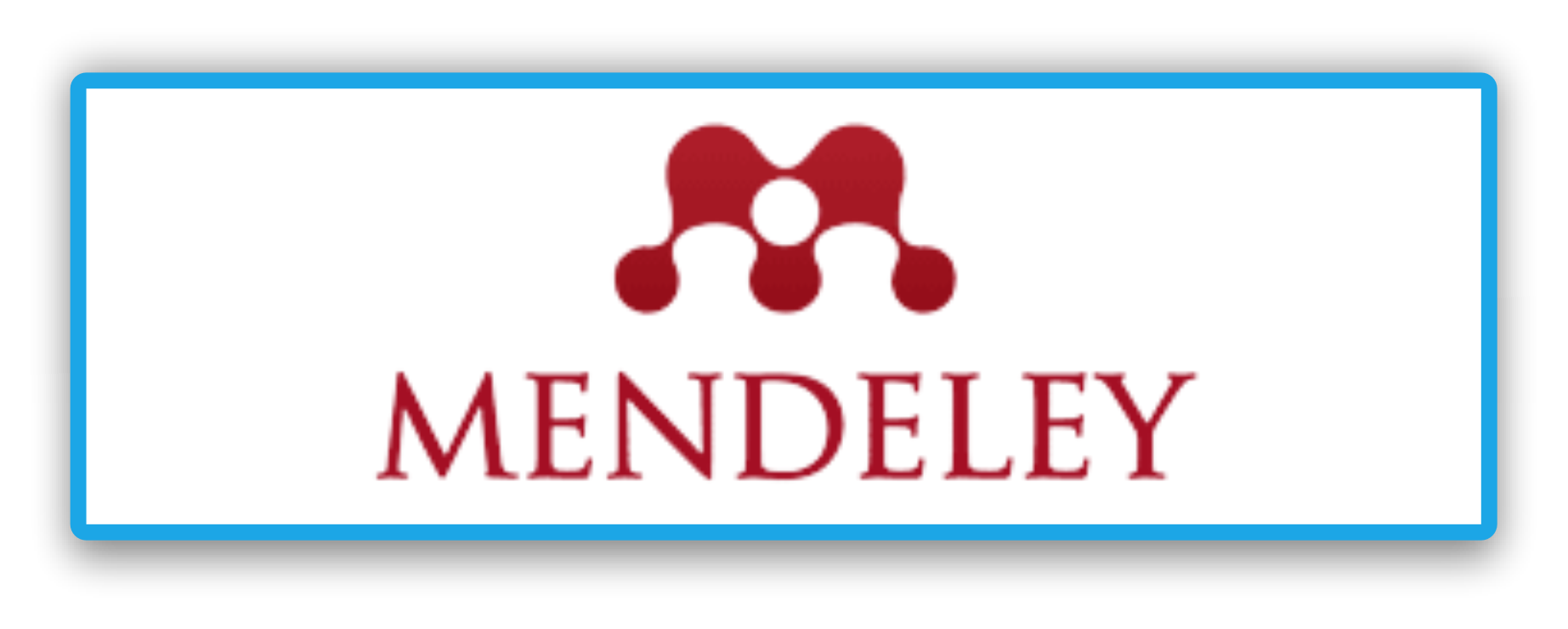Differentiated Instruction in Islamic Jurisprudence (Fiqih) under the Merdeka Curriculum: A Case Study at MTs Muhammadiyah Tanjung Ampalu
Abstract
Full Text:
PDFReferences
Ajjawi, R., Tai, J., Dollinger, M., Dawson, P., Boud, D., & Bearman, M. (2024). From authentic assessment to authenticity in assessment: broadening perspectives. Assessment & Evaluation in Higher Education, 49(4), 499–510. https://doi.org/10.1080/02602938.2023.2271193
Alasmari, Nada Jaber, & Althaqafi, Abeer Sultan Ahmed. (2021). Teachers’ practices of proactive and reactive classroom management strategies and the relationship to their self-efficacy. Language Teaching Research, 28(6), 2158–2189. https://doi.org/10.1177/13621688211046351
Almeqdad, Q. I., Alodat, A. M., Alquraan, M. F., Mohaidat, M. A., & Al-Makhzoomy, A. K. (2023). The effectiveness of universal design for learning: A systematic review of the literature and meta-analysis. Cogent Education, 10(1), 2218191. https://doi.org/10.1080/2331186X.2023.2218191
Andrew Allen. (2022). An Introduction to Constructivism: Its Theoretical Roots and Impact on Contemporary Education. Journal of Learning Design and Leadership, 1(1), 1–11. https://jmcinset.com/active-learning-classroom
Astuti, M., Ismail, F., Fatimah, S., Puspita, W., & Herlina. (2024). The Relevance Of The Merdeka Curriculum In Improving The Quality Of Islamic Education In Indonesia. International Journal of Learning, Teaching and Educational Research, 23(6), 56–72. https://doi.org/10.26803/ijlter.23.6.3
Cents-Boonstra, M., Lichtwarck-Aschoff, A., Denessen, E., Aelterman, N., & Haerens, L. (2021). Fostering student engagement with motivating teaching: an observation study of teacher and student behaviours. Research Papers in Education, 36(6), 754–779. https://doi.org/10.1080/02671522.2020.1767184
Falaqi, M. R., Ritonga, A. W., Mufid, M., Hamid, M. A., Maulidi, Hidayat, S., Suladi, Sarwanih, & Handoyo, F. (2025). Transformation of Islamic education curriculum based on the thoughts of three educational philosophers: a systematic literature review. British Journal of Religious Education, 1–15. https://doi.org/10.1080/01416200.2025.2521384
Farisia, H., Santoso, A., Suyono, & Kusumaningrum, S. R. (2025). Assessing the differentiated learning practice within islamic primary schools: challenges in the absence of technology. Cogent Education, 12(1), 2563706. https://doi.org/10.1080/2331186X.2025.2563706
Jauhari, Y. Y. Al, & Thelma, C. C. (2023). Application of Project-Based Learning in Islamic Education using the Scientific Approach. Education and Sociedad Journal, 1(1), 1–12. https://doi.org/10.61987/edsojou.v1i1.391
Kholip, N., & Astutik, A. P. (2025). Implementation of Audio-Visual Media in Fiqh Learning Activities : Penerapan Media Audio-Visual dalam Kegiatan Pembelajaran Fiqh. Indonesian Journal of Education Methods Development, 20(3), 1–12. https://doi.org/10.21070/ijemd.v20i3.930
Latipah, E., Nurwita, I., Z, L. A., & Fatimah, D. (2025). Shaping Noble Character: The Impact of Islamic Religious Education on Student Morals at Junior High School. AL-ISHLAH: Jurnal Pendidikan, 17(1), 1065–1073. https://doi.org/10.35445/alishlah.v17i1.6462
Nora, D., Frinaldi, A., Danil, M., & Ritonga, M. (2025). Consensus on the advantages of Merdeka curriculum in SMP teachers ’ perception in Padang City. Kasetsart Journal of Social Sciences, 46(2), 1–8. https://doi.org/10.34044/j.kjss.2025.46.2.34
Nur Intang, Elpisah Elpisah, & Hartini Hartini. (2025). Applying Differentiated Instruction to Enhance Student Engagement and Learning Outcomes in Integrated Social Studies in Junior High School. International Journal of Studies in International Education, 2(1), 25–39. https://doi.org/10.62951/ijsie.v2i1.142
Samsudi, Supraptono, E., Utanto, Y., Rohman, S., & Djafar, T. (2024). Unraveling the Merdeka Curriculum: Exploring Differentiated Instruction’S Impact on Student Learning. Jurnal Ilmiah Peuradeun, 12(2), 517–538. https://doi.org/10.26811/peuradeun.v12i2.1131
Sato, M., Ma, T., & Abbiss, J. (2025). Using complexity theory to understand teaching: Re-framing perspectives from preservice teachers. Teaching and Teacher Education, 156, 104905. https://doi.org/https://doi.org/10.1016/j.tate.2024.104905
Tajik, O., Noor, S., & Golzar, J. (2024). Investigating differentiated instruction and the contributing factors to cater EFL students’ needs at the collegial level. Asian-Pacific Journal of Second and Foreign Language Education, 9(1). https://doi.org/10.1186/s40862-024-00299-5
Tomlinson, C. A. (1987). How to Differentiate Instruction Mixed-Ability Classrooms. In Toxicology (2nd ed., Vol. 44, Issue 1). Association for Supervision and Curriculum Development. https://doi.org/10.1016/0300-483X(87)90046-1
Unal, A., Unal, Z., & Bodur, Y. (2022). Differentiated Instruction and Kindergarten through 5th Grade Teachers. Georgia Educational Researcher, 19(2). https://doi.org/10.20429/ger.2022.190202
DOI: https://doi.org/10.31869/ruhama.v8i2.7257
Article Metrics
Abstract view : 0 timesPDF - 0 times
Refbacks
- There are currently no refbacks.

This work is licensed under a Creative Commons Attribution-ShareAlike 4.0 International License.
INDEXED BY :
Pascasarjana UM Sumatera Barat
Jl. Pasir Kandang No.4, Pasie Nan Tigo, Kec. Koto Tangah, Kota Padang, Sumatera Barat 25586.
 This work is licensed under a Creative Commons Attribution-ShareAlike 4.0 International License.
This work is licensed under a Creative Commons Attribution-ShareAlike 4.0 International License.












